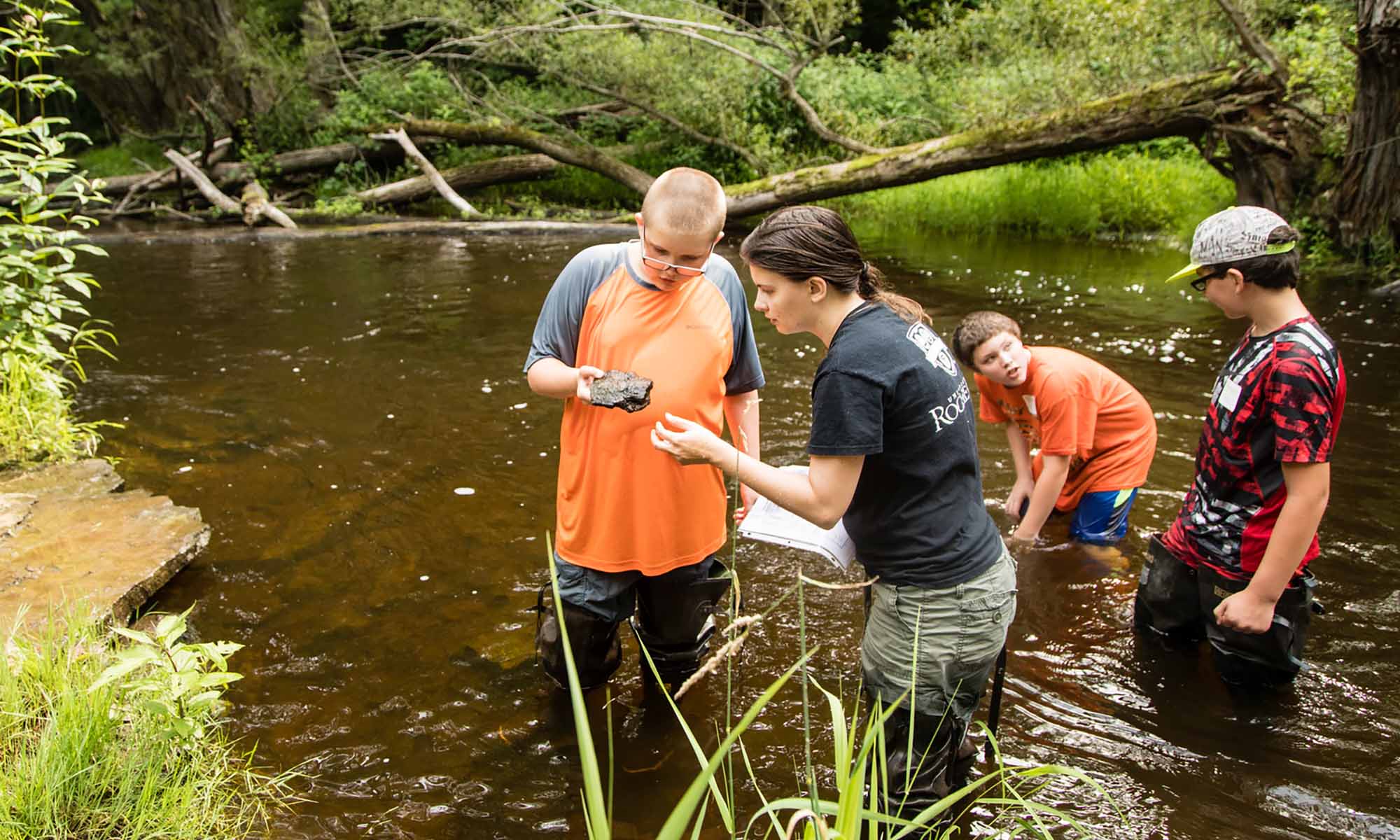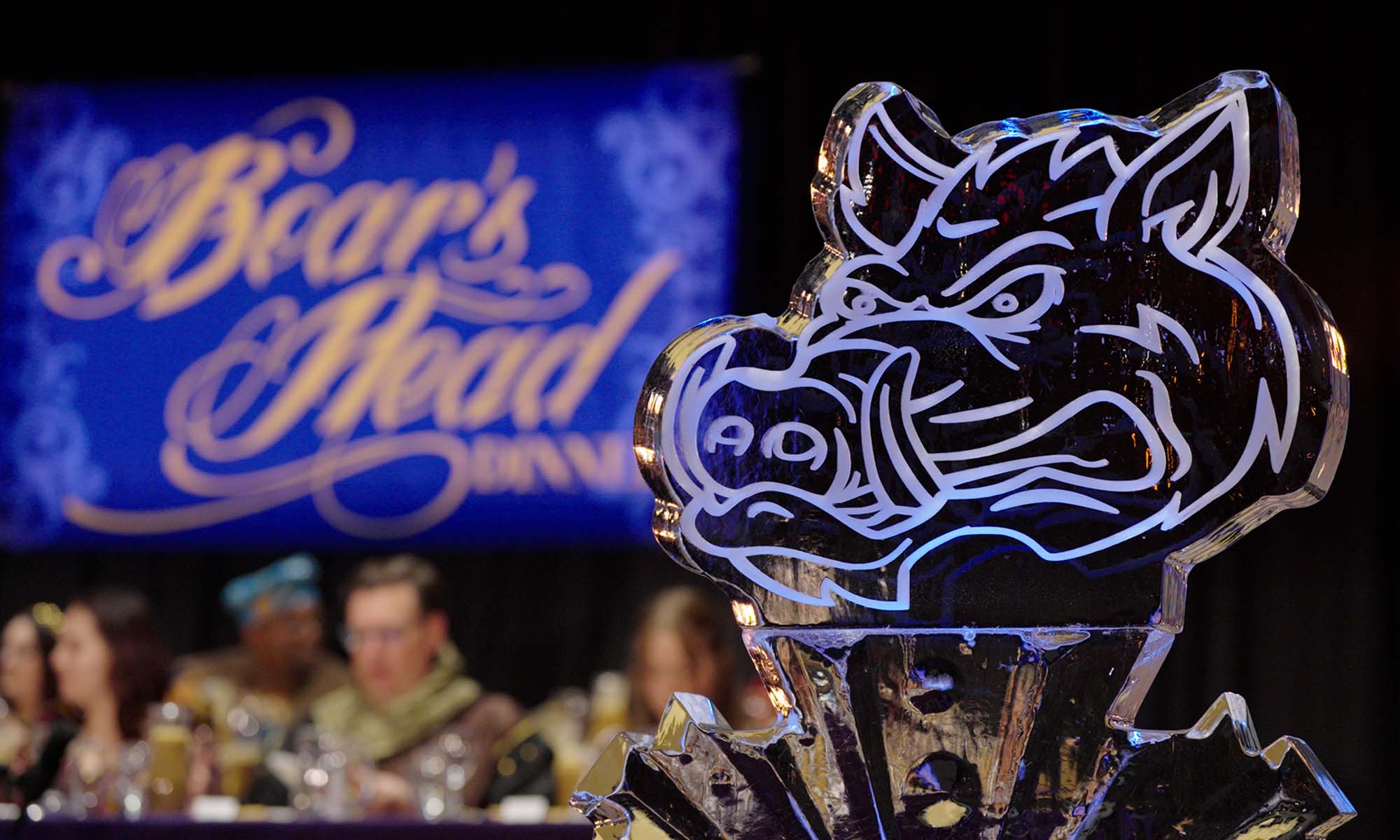The annual competition explores the intersection of science, art, and technology.
The University of Rochester’s annual competition to explore and illuminate the aesthetic beauty that results when science, art, and technology intersect drew record voting turnout this year. The winning entries of the 2025 Ed and Barbara Hajim Art of Science competition were announced during a ceremony in the Carlson Library, where they will be permanently displayed.
Held each spring, the competition is sponsored by the Hajim School of Engineering & Applied Sciences in collaboration with River Campus Libraries. Prizes are awarded for the top student submissions and for the People’s Choice Award, which is voted on by members of the Rochester community. Trustee Emeritus Ed Hajim ’58 and his wife Barbara established an endowed fund last year to ensure that the competition will continue in perpetuity.
First place and People’s Choice Award winner

The judges and the 770 University community members who voted in the competition agreed on the top entry this year: Edge of Existence: Schrödinger’s Cat by Abdulwahab Sayes ’26 (mechanical engineering). Sayes illustrated the artwork over the course of several months using different grades of charcoal and chalk.
“Erwin Schrödinger introduced the famous ‘cat paradox’ in 1935 to illustrate how a system could exist in multiple states simultaneously until measured or observed, revealing how quantum theory can defy our everyday intuition,” says Sayes. “In this piece, I’ve aimed to bring that paradox to life (and half to death) in a single, compelling tableau, blending the worlds of art and science to spark curiosity in viewers.”
Second place

The runner up was Hydric Galaxies by an interdisciplinary team of first-year students including Jovanna Hu ’28 (computer science), Isabella Lu ’28 (business), and Shea Ge ’28 (digital media studies). The work was created by spraying water droplets onto plastic film and then placing a color sheet beneath. Light refracts through the droplets and reflects off the plastic, projecting amplified chromatic patterns that were captured with a macro lens, capturing the interplay.
In their artist statement, the team says the work “merges fluid dynamics with artistic composition. Scientific principles of light reflection/refraction and surface tension generate natural color spectra, while intentional framing transforms random patterns into celestial metaphors. Physics becomes a paintbrush, rendering invisible optical laws as tangible cosmic beauty.”
Third place

Rounding out the podium was Biological Koi Pond by biology PhD student Logan Edvalson. The artwork captures mature spermatozoa using fluorescent microscopy on a Dragonfly spinning disc confocal microscope.
“In this image, I combine shape and color to identify cell types and DNA packaging phenotypes,” says Edvalson. “In addition to facilitating the analysis of reproductive physiology, this image also demonstrates how things we find beautiful in the macroscopic world often have parallels in the microscopic.”





